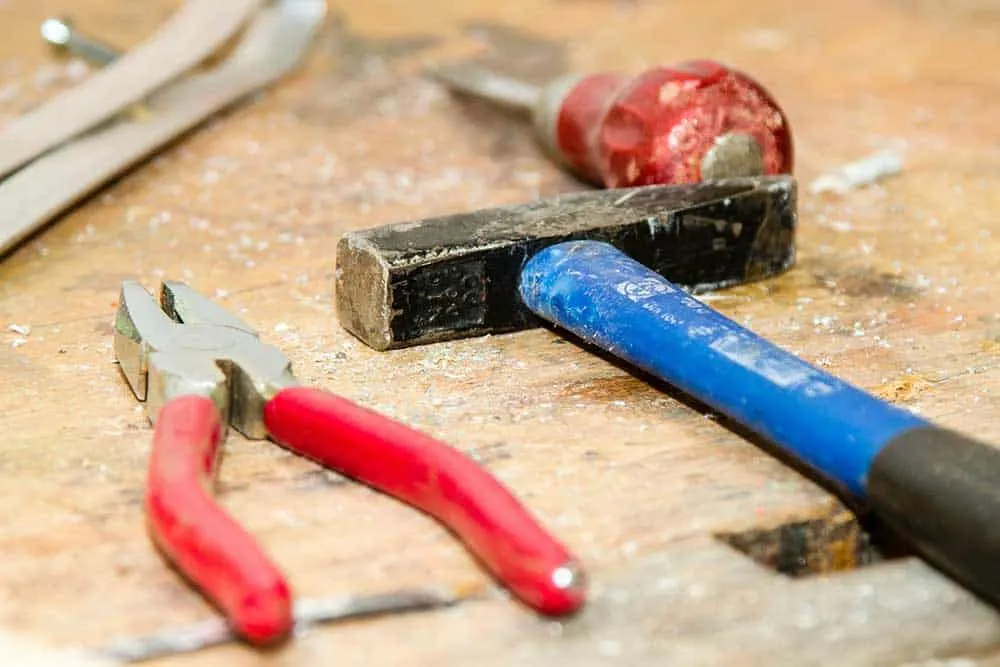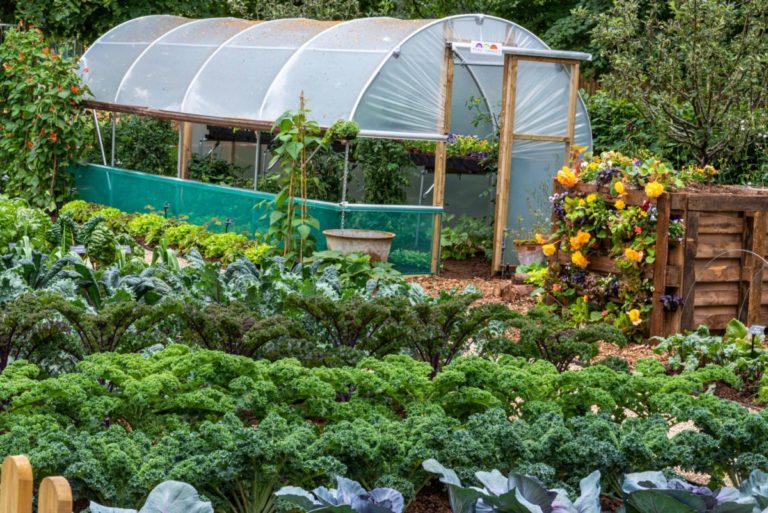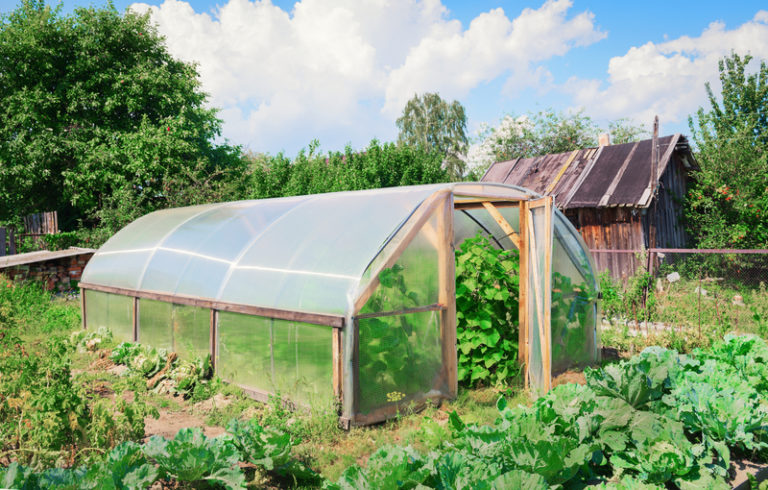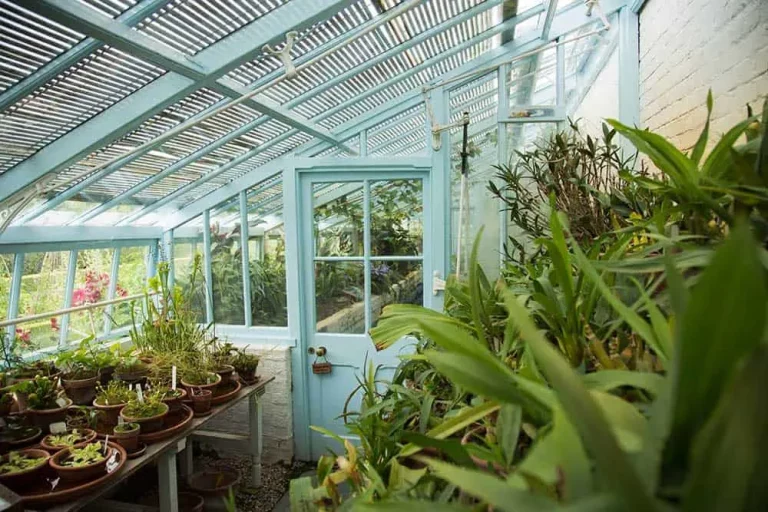Off-grid desert farming presents unique challenges, but with the right tools and techniques, it is possible to thrive in these harsh environments.
The key to success lies in leveraging innovative technologies and resources that enhance efficiency, minimize waste, and conserve water.
We will explore some of the essential tools for off-grid desert farming, from irrigation systems to solar power generation.
Whether you’re a seasoned farmer or just starting out, these tools can help you maximize your crop yields while minimizing your carbon footprint.
By integrating these solutions into your farming practice, you can create a resilient and sustainable off-grid desert farm that produces healthy crops while protecting the environment.
Solar-Powered Irrigation Pump
A solar-powered irrigation pump is essential for bringing water from a well or a nearby water source to your farm. This will allow you to irrigate your crops even in the middle of the desert.
This equipment uses solar panels to convert sunlight into electrical energy, which is then used to power a pump that brings water from a well or a nearby water source to your farm.
With a solar-powered irrigation pump, you can efficiently and sustainably irrigate your crops, even in the middle of the desert.
This is especially important in arid regions where access to clean water is limited, as the pump can be used to collect and distribute water from a nearby source, such as a borehole or a lake.
By using solar power to run the pump, you can reduce your carbon footprint and rely less on non-renewable energy sources.
This can help to make your farm more sustainable and resilient to climate change.
With a solar-powered irrigation pump, you can rest assured that your crops will receive the water they need, even during the hottest and driest months of the year.
Drip Irrigation System
A drip irrigation system is an efficient way to water your crops, especially in hot and dry desert climates. This system delivers water directly to the roots of the plants, reducing evaporation and runoff.
Drip irrigation systems are an essential component of successful offgrid desert farming.
By delivering water directly to the roots of the plants, drip irrigation systems eliminate the need for excessive watering and minimize waste through evaporation and runoff.
This efficient approach to watering allows desert farmers to cultivate a variety of crops, including vegetables, fruits, and even grains, in the challenging desert environment.
With drip irrigation systems, farmers can carefully control the amount of water their crops receive, reducing the risk of overwatering and promoting healthy root growth.
Drip irrigation systems can be easily integrated with other sustainable farming practices, such as mulching and composting, to create a holistically self-sufficient and productive desert farm.
Shade Structures
Desert climates can be extremely hot and sunny, so shade structures are essential for protecting your crops from the intense sun. Shade structures can be made from a variety of materials such as canvas, polyethylene, or even old cars and trucks.
Shade structures are a important component of desert farming, as they provide essential protection for your crops from the intense heat and sunlight.
In desert environments, the sun’s rays can be incredibly strong, causing damage to plants and dehydrating the soil.
By installing shade structures, you can create a cooler, more humid environment that is ideal for growing a wide range of crops.
These structures can be made from a variety of materials, including canvas, polyethylene, or even old cars and trucks.
The key is to choose a material that is durable, waterproof, and resistant to the harsh desert conditions.
One popular type of shade structure for desert farming is the hoop house.
This is a simple, yet effective way to provide shade and protection for your crops.
Hoop houses are essentially large, arched frames covered in plastic or canvas, and can be easily constructed using PVC piping and wire mesh.
They can be built in a variety of sizes and shapes, depending on your specific needs and available resources.
Another option for shade structures is the greenhouse.
These are more complex and expensive than hoop houses, but offer a more controlled environment for your crops.
Greenhouses typically have multiple layers of glazing to minimize heat loss and maintain a consistent temperature, as well as ventilation systems to circulate air and regulate humidity.
If you’re looking for a more sustainable and eco-friendly option, consider using recycled materials or salvaged materials to construct your shade structures.
In addition to protecting your crops from the sun, shade structures can also help to retain moisture in the soil.
By providing a cooler, more humid environment, shade structures can help your crops to grow stronger and healthier.
Furthermore, shade structures can also help to reduce pests and diseases, which are often exacerbated by extreme temperatures and direct sunlight.] The sun in the desert can be merciless, making it difficult to grow crops without proper protection.
That’s where shade structures come in.
For offgrid desert farming, hoop houses are an excellent option for providing shade and protection for your crops.
These simple yet effective structures are made of arched frames covered in plastic or canvas, and can be constructed using PVC piping and wire mesh.
They can be built in a variety of sizes and shapes to fit your specific needs and available resources.
Hoop houses are an ideal choice for desert farming because they provide a cooler, more humid environment for your crops, which helps them to grow stronger and healthier.
They can also protect your crops from pests and diseases that thrive in hot and dry conditions.
By providing a shaded environment, hoop houses can reduce the amount of direct sunlight that reaches your crops, which can help to prevent sun scorch and soil drying out.
The increased humidity inside the hoop house can help to prevent pests and diseases from spreading, creating a more favorable growing environment for your crops.
Mulch
Mulch is a great way to retain moisture in the soil and suppress weeds. Use organic materials like straw, hay, or wood chips to create a thick layer of mulch around your crops.
Mulch is an indispensable element in offgrid desert farming.
It serves as a multifaceted tool that not only retains moisture in the soil but also suppresses weeds, making it easier to maintain a healthy and productive garden in the arid desert landscape.
Organic materials like straw, hay, or wood chips are ideal for creating a thick layer of mulch around your crops.
These materials are readily available, biodegradable, and offer excellent insulation against extreme desert temperatures.
By maintaining a consistent layer of mulch, you can effectively trap moisture in the soil, reducing the need for frequent watering.
The mulch layer helps to prevent weed growth, which not only saves time and effort but also eliminates the need for harsh herbicides.
By incorporating mulch into your offgrid desert farming practices, you can ensure a productive and sustainable garden that thrives in the challenging desert environment.
Raised Beds
Raised beds are an excellent way to grow crops in desert climates. They help to retain moisture, improve drainage, and protect plants from extreme temperatures. Build raised beds using materials like wood, brick, or rock.
Raised beds are a game-changer for desert farming.
These elevated beds provide a multitude of benefits for gardeners facing the challenges of arid climates.
By raising the soil off the ground, raised beds help to retain moisture, which is essential for plant growth in the desert.
The increased elevation also improves drainage, preventing water from pooling around the roots and reducing the risk of root rot.
Raised beds protect plants from extreme temperatures, such as intense desert heat or overnight cold snaps.
By using materials like wood, brick, or rock, raised beds also provide excellent thermal mass, which helps to moderate temperature fluctuations.
For example, a wood or brick raised bed can absorb and release heat throughout the day, providing a more stable microclimate for your plants.
Whether you’re growing vegetables, herbs, or fruits, raised beds are an essential component of any offgrid desert farming system.
By investing in raised beds, gardeners in the desert can enjoy higher yields, healthier plants, and a more sustainable and resilient food system.
Compost
Compost is a valuable resource for off-grid desert farming. It can be used as a natural fertilizer and can help to improve soil health and structure. Create compost using food scraps, yard waste, and other organic materials.
Off-grid desert farming presents unique challenges due to the harsh climate and limited access to resources.
One solution to overcome these challenges is to utilize compost as a natural fertilizer.
Compost is created by breaking down organic materials such as food scraps, yard waste, and other plant-based materials.
This process helps to create a nutrient-rich soil amendment that can improve soil health and structure.
In the desert, compost can be particularly valuable as it can help to improve soil fertility and increase crop yields.
Using compost as a fertilizer can reduce the need for synthetic fertilizers, which can be expensive and harmful to the environment.
To create compost in the desert, it is important to select the right materials and maintain the proper balance of green (nitrogen-rich) and brown (carbon-rich) materials.
Green materials include food scraps and fresh plant waste, while brown materials include dried leaves and other plant materials.
By mixing these materials in the correct proportion, you can create a rich and nutritious compost that will help your desert crops thrive.
Beehive
Bees are essential for pollinating plants, and they are especially important in desert climates where there may be fewer pollinators. Build a beehive to attract bees to your farm and help to improve crop yields.
Offgrid desert farming offers a unique set of challenges, but with the right strategies, it can also be incredibly rewarding.
One such strategy is to incorporate beehives into your farm.
Bees are essential for pollinating plants, and in desert climates, they are especially important as there may be fewer pollinators.
By building a beehive, you can attract bees to your farm and help to improve crop yields.
When building a beehive, it is important to use materials that are safe for the bees, such as untreated wood or straw.
You should also choose a location that is sheltered from the wind and provides some shade.
Once you have built your beehive, you will need to introduce a queen bee and a few worker bees to get the hive started.
You can do this by purchasing a nucleus colony or by dividing a healthy hive.
Once your beehive is established, you can place it in a strategic location on your farm.
Ideally, you will want to place it near the plants that you want to pollinate.
Bees are attracted to bright colors and sweet smells, so you can use these to your advantage by planting flowers that are both colorful and fragrant near your beehive.
Offgrid desert farming with beehives offers a number of benefits.
For one, bees are excellent pollinators, and they can help to increase crop yields.
Bees produce honey, which can be sold or consumed on the farm.
Bees can be used for natural pest control, as they are known to chase away harmful insects.
By incorporating beehives into your offgrid desert farming operation, you can create a more sustainable and resilient system.]
Offgrid desert farming with beehives is a highly effective and sustainable way to increase crop yields and create a self-sufficient farm.
The bees are essential for pollinating plants in the desert climate, where there may be fewer pollinators.
By building a beehive and placing it in a strategic location on your farm, you can take advantage of the many benefits that bees offer.
First and foremost, bees are excellent pollinators.
They are attracted to bright colors and sweet smells, so you can plant flowers that are both colorful and fragrant near your beehive to attract them.
This will help to increase crop yields and ensure that your plants are properly pollinated.
Bees produce honey, which can be sold or consumed on the farm.
This provides an additional source of income and can be a valuable commodity in a self-sufficient farm.
Another benefit of offgrid desert farming with beehives is that it is a low-maintenance and sustainable way to grow crops.
Bees are self-sufficient and do not require a lot of attention or resources to thrive.
The honey that they produce can be used to sweeten food and provide a natural source of energy.
Overall, offgrid desert farming with beehives is a highly effective and sustainable way to increase crop yields, provide a source of income, and create a self-sufficient farm.
By building a beehive and placing it in a strategic location on your farm, you can take advantage of the many benefits that bees offer and create a thriving desert farm.
Rainwater Harvesting System
A rainwater harvesting system is a great way to collect and store rainwater for use in your off-grid desert farm. This can include setting up a rainwater collection system and installing a water tank to store the water.
Off-grid desert farming presents unique challenges due to the lack of conventional water sources.
However, by utilizing a rainwater harvesting system, farmers can collect and store precious rainfall for use on their land.
This can involve setting up a rainwater collection system, such as a network of gutters and downspouts, to direct rainwater into a water tank.
The water tank can then be used to store the collected rainwater for irrigation purposes.
The size and capacity of the water tank should be determined based on the size of the farm and the amount of rainfall the area typically receives.
The tank should be made of durable materials, such as plastic or metal, to ensure it can withstand the hot desert temperatures.
The gutter system should be properly sized to accommodate the size of the roof and the amount of rainfall expected.
The gutters should be made of a sturdy material, such as metal or plastic, and should be securely attached to the roof to prevent damage from wind or debris.
It is important to ensure that the entire system is properly maintained to prevent contamination and ensure efficient use of the collected rainwater.
Regular cleaning and inspection of the gutters, downspouts, and water tank should be carried out to ensure optimal performance.
By utilizing a rainwater harvesting system, off-grid desert farmers can sustainably collect and store rainwater for use on their land, providing a reliable source of water for their crops.
Want More? Dive Deeper Here!
Hey there! If you’re the type who loves going down the rabbit hole of information (like we do), you’re in the right spot. We’ve pulled together some cool reads and resources that dive a bit deeper into the stuff we chat about on our site. Whether you’re just killing time or super into the topic, these picks might just be what you’re looking for. Happy reading!






